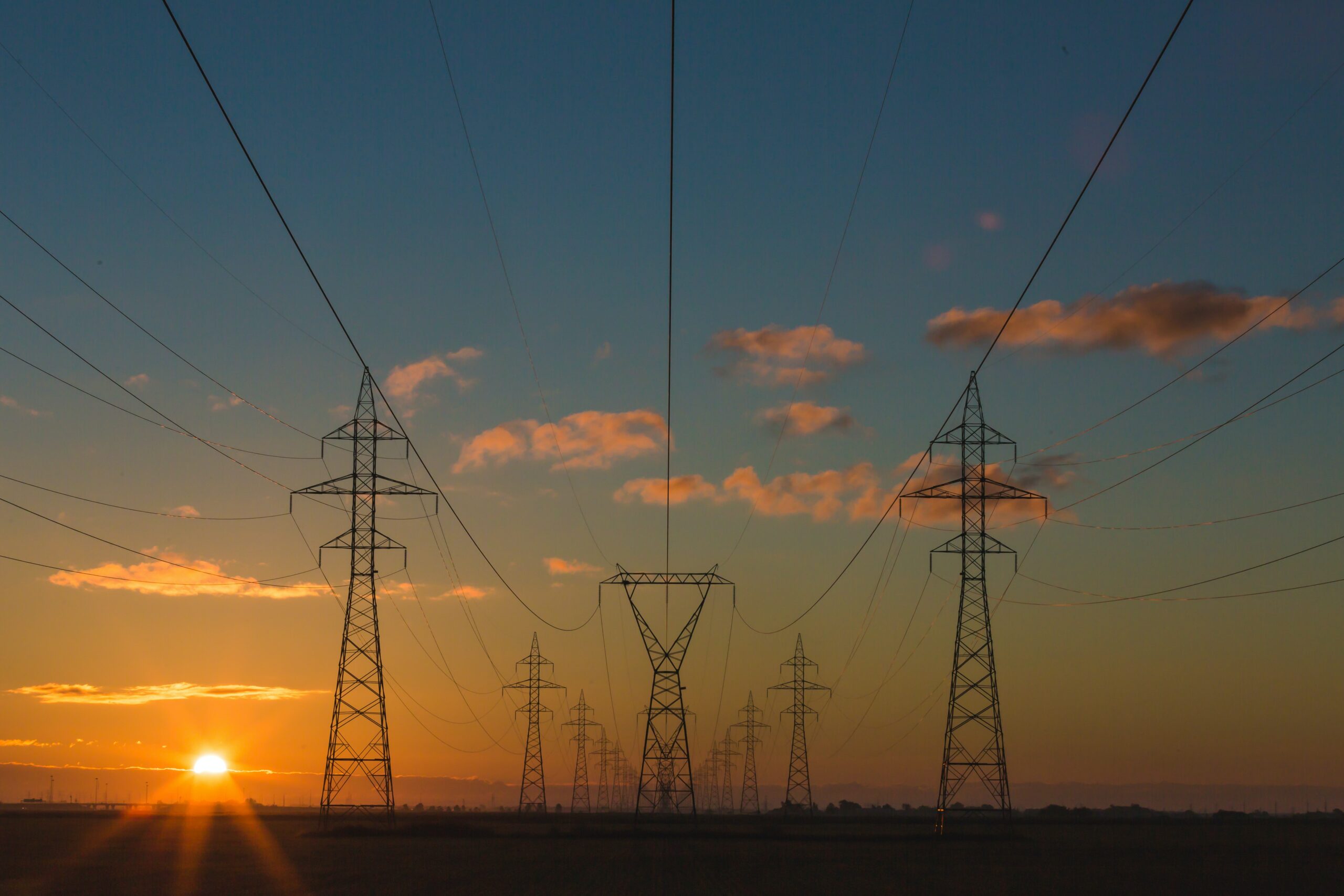Ensuring the Security of Fuel Supplies for Fusion Energy
At the January 21 meeting of the President’s Council of Advisors on Science and Technology, a commenter raised questions about the availability of two related resources that will be important for a roll-out of fusion energy power plants: tritium and lithium.
Fusion Fuel Sources
Private sector fusion approaches include a variety of fuel sources for fusion. Many, but not all, will require tritium and deuterium, isotopes of hydrogen. Deuterium can be distilled from all forms of water. It is a widely available, harmless, and virtually inexhaustible resource.
Tritium is a fast-decaying radioelement of hydrogen which occurs only in trace quantities in nature, which the U.S. has been working with since the 1940s. It is currently produced as a byproduct of certain fission reactions in nuclear power plants and can be created by intentional reactions. The primary US supply comes from the DOE Savannah River National Lab, while Canada is the largest supplier of civilian-use tritium.
The fusion industry estimates that global inventory for tritium will be sufficient for experimental fusion devices envisioned to be built in this decade, but when the industry is ready to scale-up, power plants will have to generate their own source of tritium as a byproduct of the fusion reaction in any large-scale fusion power plant.
Fortunately, tritium can be produced during the fusion reaction through contact with lithium. It is planned that tritium will be created when neutrons escaping the plasma interact with lithium contained in the blanket wall of the fusion power plant. These systems would benefit from a robust government science program to innovate around how to most efficiently engineer the lithium generating blanket.
There is currently a robust market for lithium, as the demands of the growing electric vehicle industry are testing global supplies. However, by the time commercial fusion power plants are ready for widespread deployment, there is likely to have been significant investments into the lithium supply chain, including into battery recycling, as well as possible changes in battery needs as new minerals provide better energy storage capabilities. Finally, lithium can be extracted from ocean water, where reserves are practically unlimited.
Why this Matters – Generating Energy with Unlimited Fuel
The current geopolitical moment is yet another reminder that adversarial countries will use their energy resources as a tool of foreign policy and national security. A fusion-powered economy would fundamentally end such concerns about the geopolitics of energy. Fusion turns energy from a resource that is mined or extracted to one that is manufactured. A fusion-powered future will be one where the only constraint on energy supplies and availability is the cost and availability of a manufactured good. For that reason and others laid out in the FIA presentation to PCAST on January 21, we should hope that the U.S. government engages in a serious effort to accelerate fusion energy.
You can read the full letter submitted as a comment to the PCAST, embedded below:

